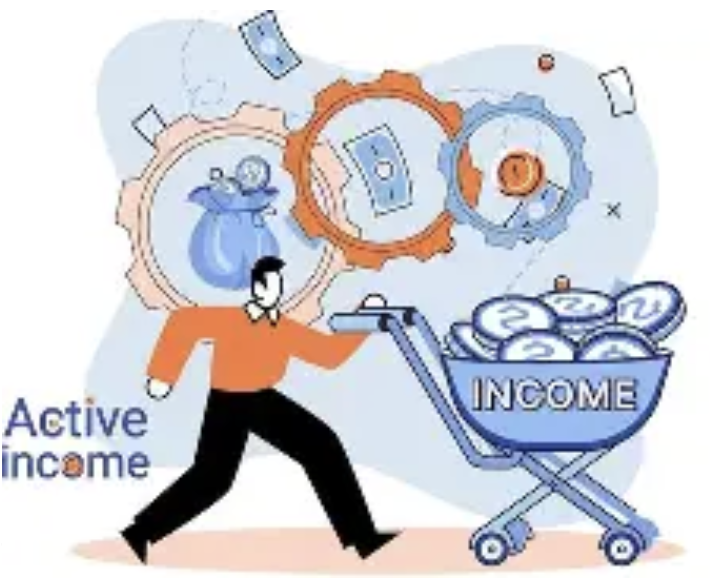For investors with substantial wealth, the sunk cost fallacy extends beyond just holding on to poor stock choices; it manifests as allowing earlier investments to obstruct future financial growth. This psychological trap capitalizes on feelings of pride, remorse, and misjudged “loss,” transforming logical decision-makers into captives of their own previous decisions.
The “Identity Investment” Paradox
Wealthy investors frequently associate their investments with their personal identity. For instance, a technology leader who has invested in a startup might retain failing shares rather than accept that their judgment regarding the industry was flawed. The investment starts to represent their capability instead of being viewed as merely a financial asset.

Luxury Assets as Emotional Anchors
High-value physical assets—such as rare wine assortments or extravagant real estate—intensify the impact of sunk costs. Investors often invest additional funds into improvements or storage facilities, believing that “repairing” the asset will recover losses. The status associated with the asset obscures its declining market value.

For wealthy investors, this emotional fixation transforms “prestige assets” into liabilities that drain wealth. A vintage wine collection, for instance, might lead to expensive climate-controlled storage enhancements despite the declining market appeal of that wine's region, or a luxury apartment could undergo continuous renovations to “uphold status” while similar properties lose value. The asset's link to achievement takes precedence over a logical assessment of its worth—investors focus more on evading the “shame” associated with a loss than on severing ties to protect their capital.
Exclusive Deals Fuel Commitment Bias
Gaining access to private investments or hedge funds fosters loyalty. Even when the performance falters, investors are reluctant to withdraw, fearing the loss of “exclusive access” or damaging their relationships with advisors who facilitated the opportunity.
This bias proves particularly detrimental for affluent individuals pursuing “exclusivity.” A private equity investment obtained through a prestigious advisor may lag in performance for years, but investors remain invested to avoid missing out on potential future “invite-only” deals. Additionally, they might invest further funds to validate earlier choices, locking away capital that could be used for more fruitful opportunities. The perception of “exclusive access” outweighs performance evaluations, transforming elite opportunities into weights that keep wealth stagnant.

Regret Aversion Overrides Logic
Selling an investment for a loss induces “action regret”—the discomfort of making an unfavorable decision. Those with high earnings, accustomed to achievements, shy away from this type of distress by committing even more funds. They justify this tendency by casting inaction as “patience” instead of inertia.Sunk costs often lead to small, incremental decisions. An investor who has already invested in a failing business may choose to contribute additional capital, believing that “a final investment” will revive the venture. This “escalation of commitment” results in minor setbacks escalating into major setbacks.
Misperceived “Cost of Quitting”
Individuals with substantial wealth tend to exaggerate the costs involved in exiting an investment. They become overly focused on transaction fees or tax consequences, neglecting the potential opportunity cost of having their capital tied up. The act of withdrawing appears pricey, even though remaining invested could be significantly more expensive.
Overcoming sunk costs requires disentangling previous investments from future choices. It necessitates viewing “losses” as learning experiences rather than failures—and establishing strategies (like predetermined exit conditions) that eliminate emotional influences from the process. For wealth to flourish, one must learn to let go.





